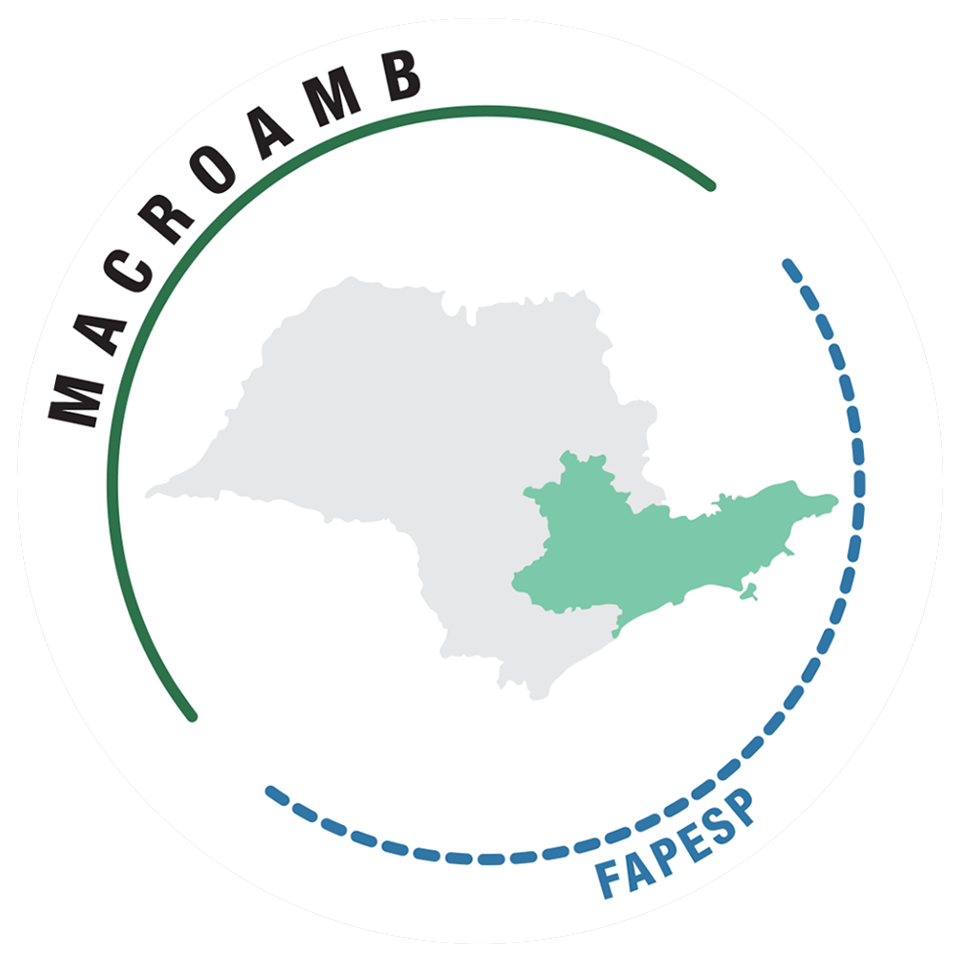Artigo: Stationary and non-stationary detection of extreme precipitation events and trends of average precipitation from 1980 to 2010 in the Paraná River basin, Brazil.
The main objective of this study was to investigate the trends on average and extreme events in time series of daily precipitation from 1980 to 2010 in the Paraná River basin, Brazil. The nonparametric Mann–Kendall test was applied to detect monotonic trend in the precipitation series. The occurrence of extreme values was analysed based on three generalized extreme values (GEV) models: Model 1 (stationary), Model 2 (non‐stationary for location parameter), and Model 3 (non‐stationary for location and scale parameters). The GEV parameters were estimated by the Generalized Maximum Likelihood method (GMLE) and for the non‐stationary models, the parameters were estimated as linear functions of time. To choose the most suitable model, the maximum likelihood ratio test (D ) was used. From the results observed at the monthly scale, it was possible to infer that the months with the highest probability of an extreme weather event occurrence are February (climates Aw and Cfa), July (Cfa and Cfb), and October (Aw, Cfa, and Cfb). Approximately 90% of the 1,112 stations presented no trend regarding the GEV parameters. The non‐stationarity showed by other stations (Models 2 and 3) might be associated with several factors, such as the alteration of land use due to the north expansion of the agricultural border of the Paraná River basin.
Autores: XAVIER, A. C. F.; RUDKE, A. P.; FUJITA, T.; BLAIN, G. C.; MORAIS, M. V. B.; ALMEIDA, D. S.; ABOU RAFEE, S. A.; MARTINS, L. D.; SOUZA, R. A. F.; FREITAS, E. D.; MARTINS, J. A.
Link de acesso: https://doi.org/10.1002/joc.6265
